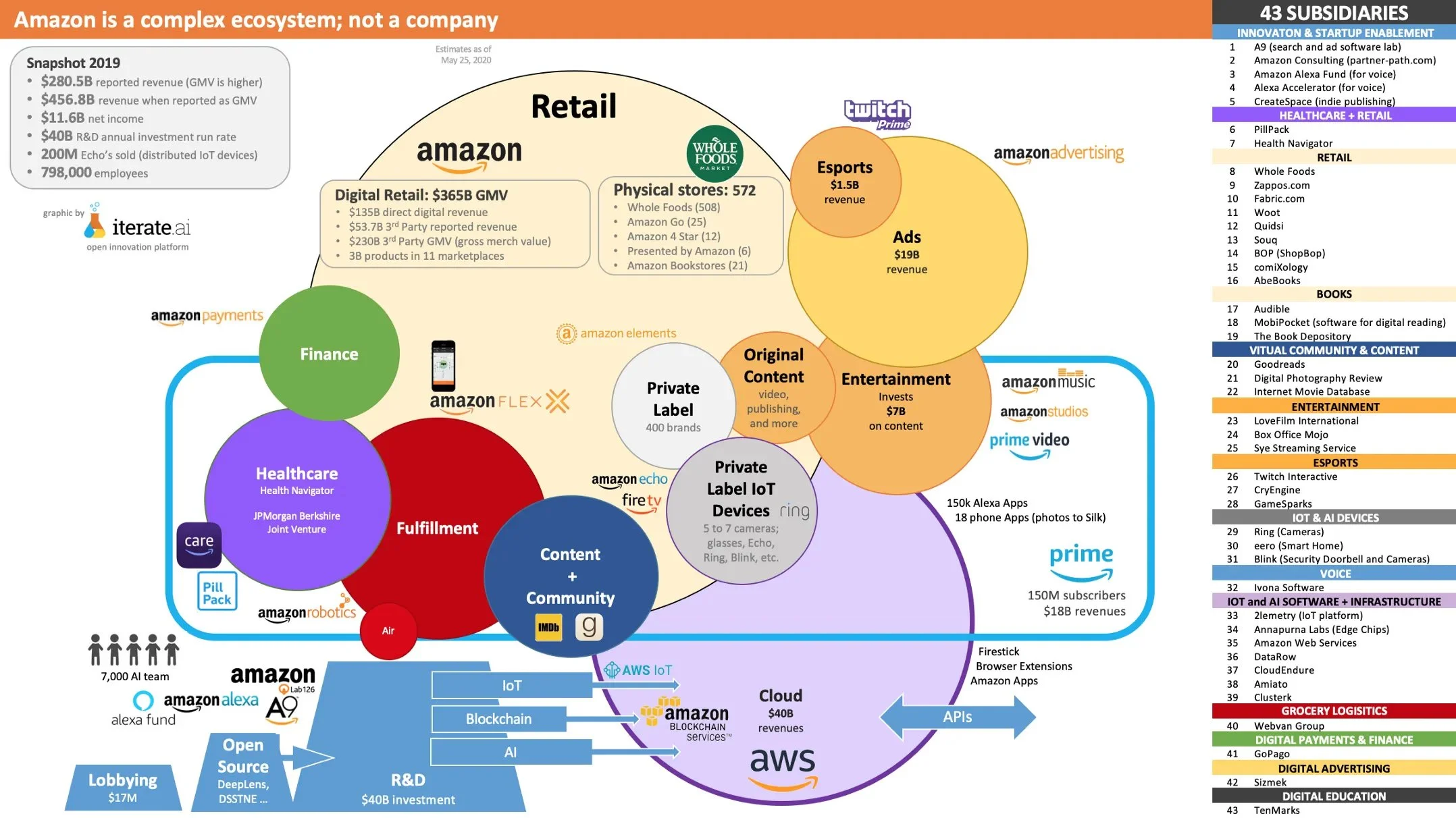The Michelin Guide: The Birth of Brand Extension and the Blueprint for Modern Business Ecosystems
In the early 20th century, the Michelin Guide emerged as a revolutionary example of brand extension. Originally devised as a tool to encourage automobile travel (and therefore tire usage), the guide grew into an authoritative source for restaurant and hotel recommendations, creating a legacy that continues to this day. This strategy, much like the creation of the Guinness World Records, illustrates how brands can extend their influence and create new value streams and capture that value for business growth. The modern equivalent of these strategies is the creation of business ecosystems, a concept that is transforming industries and driving the future of marketing and brand growth.
Image: Guide Michelin
The Shift to Functional Integration
The future for creating value lies in building deep, interconnected business ecosystems. Gone are the days when 30-second TV spots were the primary focus. Today, the emphasis is on creating comprehensive systems and stories that integrate various functions around the consumer. This shift has profound implications not just for businesses but for their customers/users as well.
In the 20th century, companies often pursued horizontal integration—acquiring related brands to dominate categories—or vertical integration—owning supply chains to control production. These strategies, while effective in their time, have lost their potency in the face of modern consumer expectations. Today, the focus is on functional integration, a strategy that builds a ‘connected ecosystem’ with the consumer at its centre. Companies like Apple, Google, and Amazon have pioneered this model, demonstrating how businesses can create value by integrating products, services, and data in a seamless, user-centric ecosystem.
Image: Iterate Ai / Jon Nordmark
From Storytelling to User Behaviour: The New Advertising Paradigm
The evolution from traditional advertising to this new model can be seen in how brands like Nike have adapted. The Nike SB app, for example, represents a shift from the old model of top-down storytelling to a new approach rooted in user behaviour. By creating an interactive taxonomy of skateboarding tricks, Nike has built a platform that allows users to track their progress and engage with the brand on a deeper level. This approach not only enhances brand loyalty but also generates user-generated content that feeds back into the ecosystem, linking directly to Nike’s retail presence.
This transition from the old model, where brands spoke down to consumers, to the new model, where the focus is on utility and user engagement, is a key aspect of modern business strategies. The most successful businesses now blend top-down storytelling with bottom-up user behaviour, creating a powerful synergy that drives engagement and loyalty.
The Power of Earned Data in Building Ecosystems
A crucial component of these ecosystems is data, particularly ‘earned data’. Unlike big data, which is often collected passively, earned data is intimate and directly connected to user behaviour and preferences. An example of this is FlavorPrint, an algorithm that helps consumers discover flavours and recipes they will love. Each interaction with the algorithm makes it smarter, creating a personalised experience that deepens the consumer's connection to the brand.
This approach to data is becoming increasingly important as consumers demand more personalised and relevant experiences. By focusing on earned data, brands can build ecosystems that are not only responsive to consumer needs but also proactive in anticipating them.
The Role of Design Thinking and Functional Integration
The success of these ecosystems also relies heavily on principles of design thinking. Design thinking focuses on understanding user needs and developing solutions that are both innovative and practical. In the context of brand ecosystems, this approach ensures that every touchpoint within the ecosystem is designed with the consumer in mind, creating a seamless and intuitive experience.
However, the challenge lies in integrating these principles into a cohesive ecosystem that delivers value at every stage of the consumer journey. This is where the concept of Functional Integration Thinking (FIT) comes into play. FIT is an approach that emphasises the importance of connecting different functions within a business to create a unified ecosystem. By integrating technology, data, and user experience, businesses can create platforms that not only meet consumer needs but also drive innovation and growth.
The Future of Brand Extension and Business Ecosystems
The Michelin Guide and the Guinness World Records were early examples of brand extension that created new value by expanding the brand’s influence beyond its core product. Today, the concept of brand extension has evolved into the creation of complex business ecosystems that offer a multitude of touchpoints and value propositions to the consumer.
As businesses continue to navigate the challenges of the 21st century, the focus will increasingly shift towards building these interconnected ecosystems. By leveraging functional integration, earned data, and design thinking, brands can create platforms that not only meet consumer needs but also anticipate them, driving long-term growth and innovation.
The future of business lies in the ability to build and sustain ecosystems that integrate various functions around the consumer. The lessons learned from early examples of brand extension, like the Michelin Guide, continue to resonate today, offering valuable insights into how brands can create and capture value in an increasingly complex and interconnected world. The shift from traditional advertising to ecosystem building is not just a trend—it’s a fundamental transformation in how businesses operate and grow.


